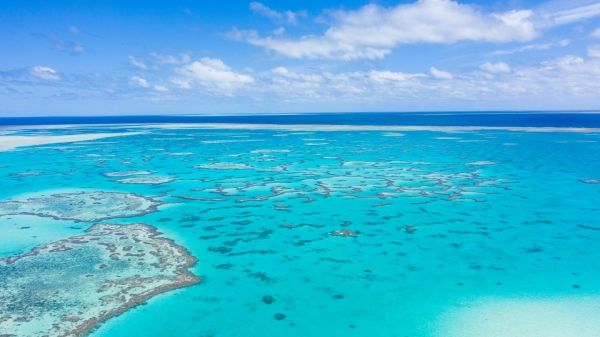A new study into the recent history of the Great Barrier Reef has shown how it responds to rapid sea-level rise and other environmental stresses. The study, conducted at the University of Sydney’s research station at One Tree Island, has upended the established model of Holocene-era reef growth.
Using unprecedented analysis of 12 new drilled reef cores with data going back more than 8000 years, the study shows that there have been three distinct phases of reef growth since the end of the Pleistocene era about 11,000 years ago.
“We wanted to understand past reef resilience to multiple environmental stresses during the formation of the modern reef,” said lead author Kelsey Sanborn, a PhD student in the School of Geosciences at the University of Sydney.
The study, published in Sedimentary Geology, revealed a period between 8000 and 7000 years ago when the reef growth slowed as it was exposed to multiple stresses, including likely increases in sediment and nutrient flux on the reef.
Read more at University of Sydney
Image: One Tree Island at the Great Barrier Reef (Credit: University of Sydney)


